
The collaboration combines Clario's transformative technology with Cleveland Clinic's market-leading imaging expertise and AI-enabled analysis to help bring new therapies to patients, faster.

The collaboration combines Clario's transformative technology with Cleveland Clinic's market-leading imaging expertise and AI-enabled analysis to help bring new therapies to patients, faster.

Advances in virtual reality and AI are helping those with AMD and low vision.

ChatGPT-4 (OpenAI) had an overall “fair” performance when answering multiple-choice ophthalmic questions unrelated to multifocal imaging.

AI matched and outshone human specialists.

The platform to streamline clinical decision workflows, management of teleophthalmology, referral decisions and patient management while improving clinic efficiencies.

Toku’s AI technology, CLAiR, has obtained CE and UKCA Marks. CLAiR provides fast, accurate, non-invasive cardiovascular disease (CVD) risk assessments using standard retinal images.

Massachusetts Eye and Ear researchers came up with a mobile app called All_Aboard, designed to be used along with mainstream GPS systems and focuses on improving micro-navigation.

LambdaVision is leveraging the microgravity environment of the space station to develop higher-quality implants than is currently possible on Earth.

According to researchers at Johns Hopkins Children’s Center, AI-driven cameras take images of the back of the eye and require no eye drops can be used to close care gaps.
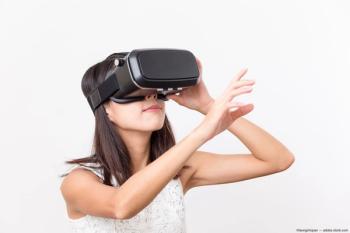
The American subsidiary of the German ophthalmic diagnostic device designer announced in a news release that its OCULUS Easyfield VR™ is now available in the US ophthalmic market

The app is a tool aimed at allowing patients to measure their visual acuity at home by themselves.

NIDEK Co. Ltd. has made a financial donation to Orbis International to support Orbis’s artificial intelligence (AI)-based screening services in Vietnam.
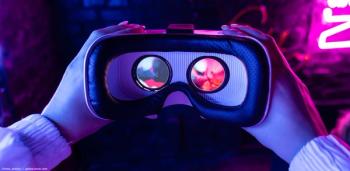
The commercial release of OcuLenz is planned for the first half of 2024. Ocutrx is collaborating with Medicare and insurance providers to ensure the headset's affordability and accessibility.

According to a study by Johns Hopkins Children’s Center researchers, AI-driven cameras that take images of the back of the eye and require no eye drops can be used to close care gaps.

eSight’s medical equipment enhances vision for individuals with over 20 distinct ocular disorders, frequently enabling users to attain 20/20 vision. The Consumer Electronics Show runs January 9-12 in Las Vegas.
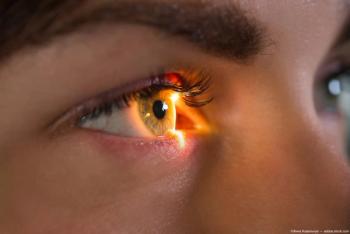
According to researchers, the strongest biomarker was achieved from a single bright flash of light to the right eye, with AI processing significantly reducing the test time.

By joining the group of physicians, researchers, and industry partners working together to define optimal biomarkers and endpoints in AMD, RetinAI hopes to forge a global retinal imaging initiative targeting research in the disease.
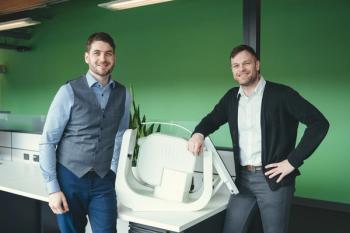
The platform technology can be adapted to assess a vast array of biomarkers present in the eye.

The augmented reality headset compensates for central vision loss to enhance the visual clarity of patients with age-related macular degeneration and other conditions such as Stargardt disease.

Jayashree Kalpathy-Cramer, PhD, was granted $300,000 from the Michael J Fox Foundation to examine key data put together at the Sue Anschutz-Rodgers Eye Center with artificial intelligence in an effort to identify biomarkers of Parkinson’s disease.

The general public should use caution when reading AI-generated medical information as it may be inaccurate, misleading, or biased.

The latest innovations are in focus at the 127th annual meeting of the American Academy of Ophthalmology, being held at the Moscone Center in San Francisco.
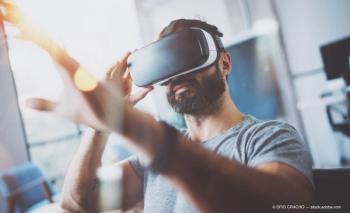
The collaboration, fueled by a $5 million donation from Knights Templar Eye Foundation (KTEF), will introduce a free and open VR simulation program for ophthalmologists and trainees worldwide.

The company’s AI CLAIR technology platform has received FDA breakthrough device status, and if cleared by the FDA will deliver real-time cardiovascular disease risk assessments through routine eye exams.

According to a study by a team of scientists led by Duke-NUS Medical School, pursuing fair AI for healthcare requires cross-disciplinary collaboration to translate methods into real-world benefits.